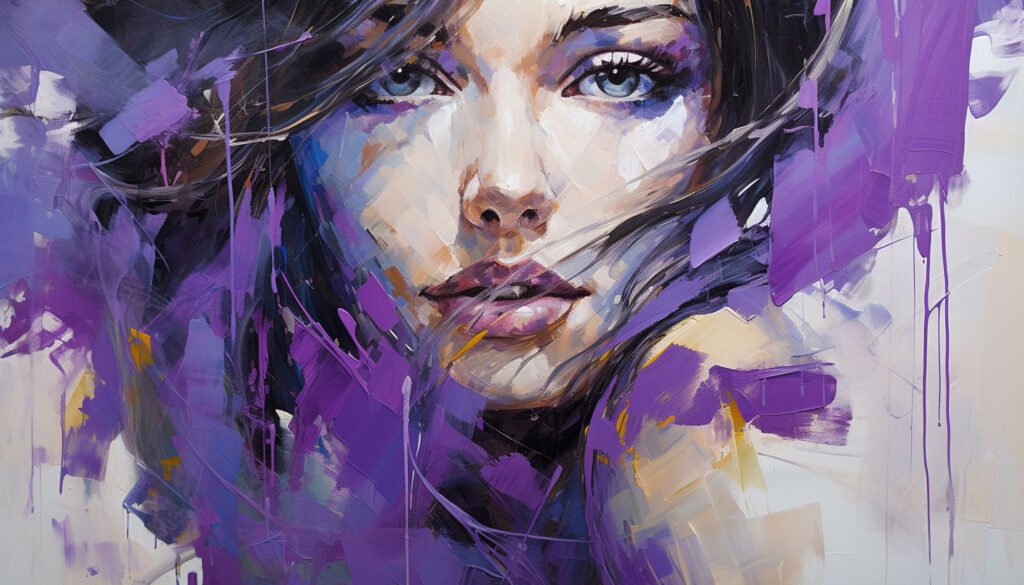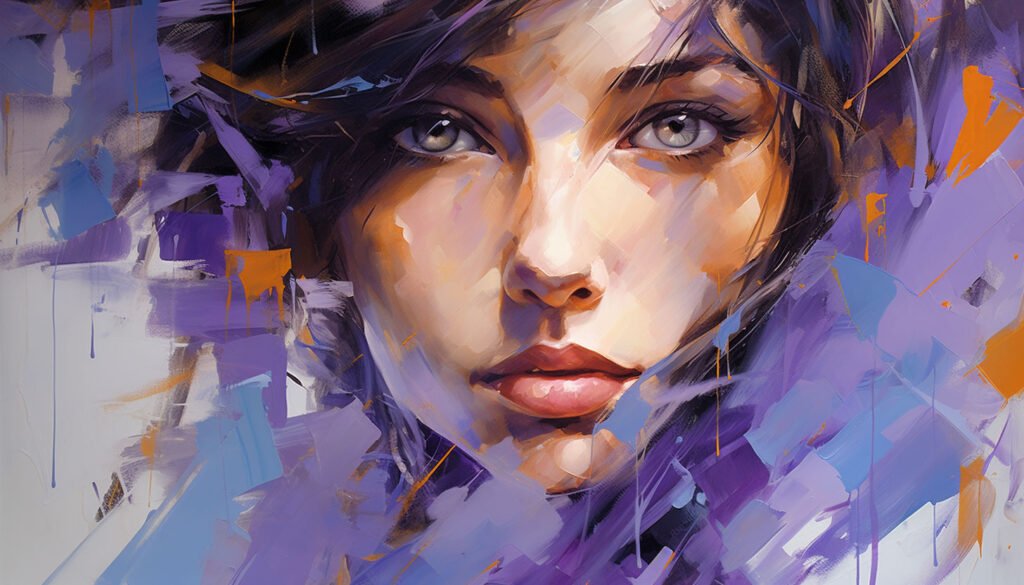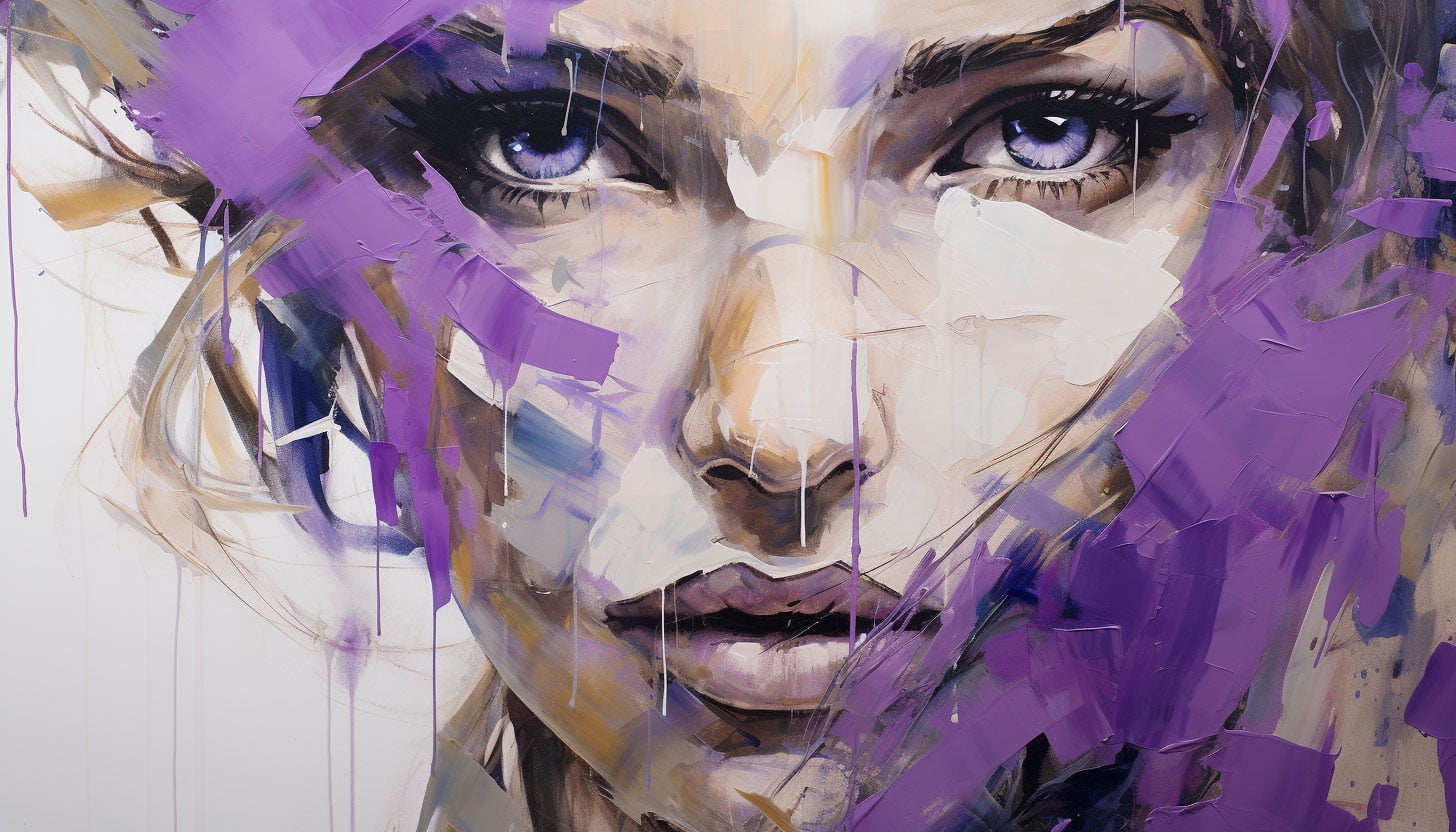History of Violette: A Tale of Elegance and Intrigue
The color Violet, often known as violet or purple, has a history steeped in nobility, spirituality, and artistry. Derived from the Latin word “violaceus,” meaning “violet,” this hue has uniquely fascinated humanity throughout the ages. Ancient civilizations, such as the Phoenicians and Egyptians, extracted the rich color from mollusks to create rare and luxurious dyes. In the medieval period, Violet became associated with the regal and the divine, with its rarity symbolizing power and spirituality.

Fun Facts about Violette: Whimsical Tidbits of Knowledge
1. Royalty’s Shade: Violette’s association with royalty and prestige can be traced back to the ancient Roman period. The use of Violette in clothing and textiles was often reserved for emperors and other high-ranking individuals.
2. Synesthesia of Sound and Color: Violette has long been linked with artistic expression and synesthetic experiences. Many composers and artists have connected this color with musical notes and sounds, creating a unique sensory blend.
3. The Discovery of Purple: Purple as a pigment was accidentally discovered in 1856 by a young chemistry student named William Henry Perkin. Initially called “mauveine,” the vibrant color revolutionized the textile and fashion industries.
Color Theory of Violette: Where Luxury Meets Mystery
In the world of color theory, violet lies at the meeting point of red and blue. Its intriguing blend of warm and cool hues often evokes feelings of sophistication, creativity, and mystery. Associated with qualities such as ambition, introspection, and spirituality, Violette is a shade that intrigues the senses and captures the imagination.

Color Science of Violette: Wavelengths and Perception
Violette’s unique appearance is due to the combination of short wavelengths of blue light and long wavelengths of red light. When these wavelengths strike the retinas of our eyes, they combine to create the perception of violet. The science of color psychology also comes into play, as Violette is known to stimulate creativity and contemplation.
Violette in the Printing Industry: Crafting Nuanced Imagery
In the realm of printing, Violette plays a role both in traditional and digital formats. It’s a versatile color that conveys emotions ranging from nobility and elegance to mystery and fantasy. In print, Violette is often utilized to create depth and contrast, adding a layer of complexity to images.
Violette Color in the Renaissance Era: A Symbolic Renaissance
With its focus on artistic exploration and expression, the Renaissance era embraced violette as a symbol of creativity and innovation. Painters like Leonardo da Vinci and Michelangelo incorporated violette into their works to convey spiritual and psychological depth. Its rarity and association with luxury made it a natural choice for expressing opulence in textiles and decorative arts.

Color Psychology of Violette: Stimulating the Imagination
Violette’s psychological impact is multifaceted. It’s often associated with wisdom, creativity, and introspection. The color has been found to stimulate the imagination and encourage a sense of spiritual or emotional exploration, making it a compelling choice in branding and marketing.
How Violette is Used in the Advertisement Industry: A Captivating Allure
In advertising, Violette is often employed to convey a sense of sophistication and luxury. High-end brands frequently use this color to evoke a sense of exclusivity and elegance. Additionally, Violette’s ability to spark creativity and curiosity makes it valuable for capturing attention in a cluttered advertising landscape.
In conclusion, Violette’s rich history, intricate color theory, and psychological impact make it a shade that continues to captivate and inspire. Violette’s allure remains undeniably magnetic, from its origins in rare dyes to its use in modern marketing campaigns. Whether it’s gracing the canvas of a Renaissance masterpiece or adorning the packaging of a contemporary product, Violette’s influence is a testament to the enduring power of color in shaping human perception and emotion.






